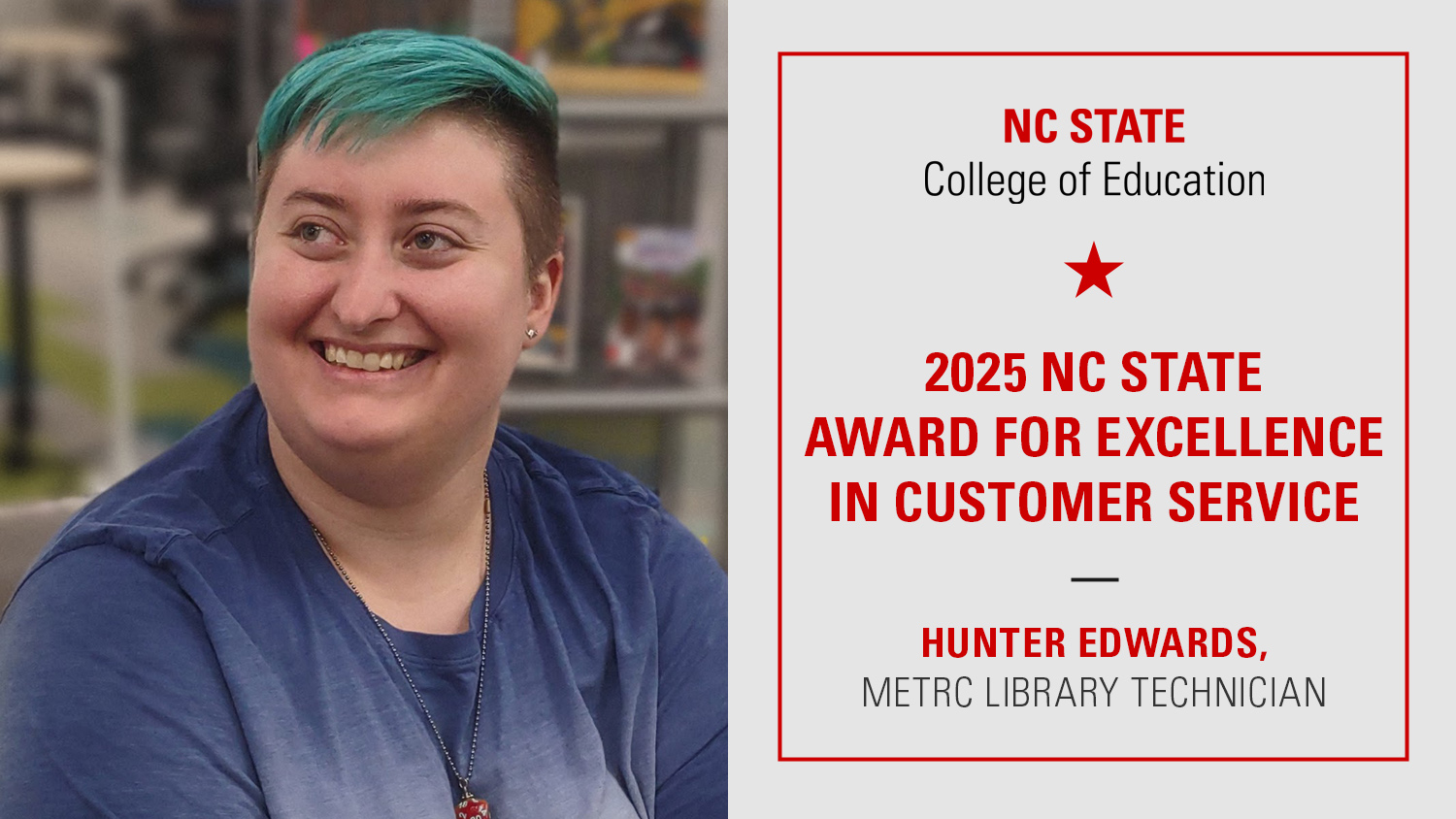Associate Professor Meghan Manfra Offers Advice, Resources for Finding Credible News During the Coronavirus (COVID-19) Pandemic

As the coronavirus (COVID-19) outbreak continues to spread, the public is eager for news and information about the evolving situation surrounding the pandemic. But, how can parents and teens be sure the information they read is credible?
[spotlight-box label=”” img=”32755″ align=”right” heading=”Providing Support During COVID-19″ cta=”Visit the COVID-19 Tips and Resources Page” url=”https://ced.ncsu.edu/news-new/coronavirus-college-updates/resources-for-covid-19/“]The NC State College of Education is committed to supporting educators, students and parents as they teach and learn remotely during the coronavirus (COVID-19) pandemic. To help with this, we have created a page dedicated to providing tips and resources to ease the transition to at-home learning[/spotlight-box]
Meghan Manfra, Ph.D., an associate professor of social studies education at the NC State College of Education, researches the integration of technology in education and ways to help students navigate information in the complex online landscape.
Although today’s students were born into the digital age, Manfra says that youth need to learn media literacy as an essential skill in order to identify misinformation online.
“Media literacy is something that needs to be taught and supported. Although we sometimes feel like our youth are digital natives, they don’t necessarily know the best strategies for navigating online content and sorting out what’s credible from non-credible sources,” Manfra said.
To help parents and students navigate the avalanche of evolving information surrounding the coronavirus outbreak, Manfra is offering digital literacy tips to seek out credible information and to avoid sharing fake news stories online.
Media Literacy Tips
Beware of hoaxes: Social media is filled with intentional hoaxes and lies, as well as fake accounts. Ignore posts that claim to share cures or prevention tips for COVID-19, as that information is not accurate or supported by medical advice.
Be cautious of misinformation: Readers should also be aware of misinformation, which can sometimes be shared unintentionally. For example, a news organization might update a headline or print a correction to a story, but the original, erroneous version of the news continues to be shared on social media. Always check that the information you’re reading is up-to-date before trusting or sharing it. Ask yourself, “Does this make sense?”
Understand bias: Readers need to be aware of bias when judging the credibility of a source. Be particularly aware of confirmation bias — our subconscious tendency to seek out and interpret information in ways that affirm our existing beliefs, ideas and expectations.
Read laterally: To make sure the information they see on social media is accurate, people should read articles on the same topic from multiple sources. If multiple reliable news outlets are sharing the story, the information is more likely to be accurate.
Check the “about us” page on your source’s website: To ensure reliability, look for reporters or websites that publish their journalism ethics statement or code of conduct publicly. Strategies many parents may have learned in their youth, such as looking to see if a website has a .com or a .org address to determine if they are a reliable source, are no longer as reliable in today’s online environment. Instead, be cautious about paid content and investigate how the website or newssource is funded.
Think before you post: Everybody who uses social media is responsible for making sure that information they share is credible. To avoid contributing to the spread of misinformation, wait a few hours or even a day before sharing information that you saw on social media. This allows time to research the credibility of the information or allow additional details to emerge.
Don’t generalize: Many news outlets are sharing stories from people who have survived COVID-19 or have been impacted by the pandemic. Be careful to avoid sharing these experiential stories as representations of the overall impact of the coronavirus.
Take a break and unplug: Although staying informed is important during a crisis, it’s important to take time to step away from the news cycle and disconnect from social media. In addition, if your television is located in a central location in the home, make sure it is not always tuned into the news.
Suggested Resources for Understanding Reliable Information
The News Literacy Project:This educational nonprofit that offers programs to teach students to know what to trust in the digital age has developed a page dedicated to the coronavirus pandemic. The page features a list of reliable sources for getting information about COVID-19, as well as teacher resources, a breakdown of the data available about the virus and a series of posts addressing common rumors about the pandemic.
WHO Coronavirus Disease (COVID-19) Advice for the Public: Mythbusters: In addition to providing the latest developments and updates about the spread and prevention of the coronavirus, the World Health Organization (WHO) has developed a page dedicated to dispelling myths and rumors about the disease.
What’s New About Fake News?:Educators and parents can use this teaching activity to help students understand the context of fake news, types of misinformation and bias and how to identify fake social media accounts. The activity features several examples of fake news as well as supporting questions to guide the lesson.
- Categories:


